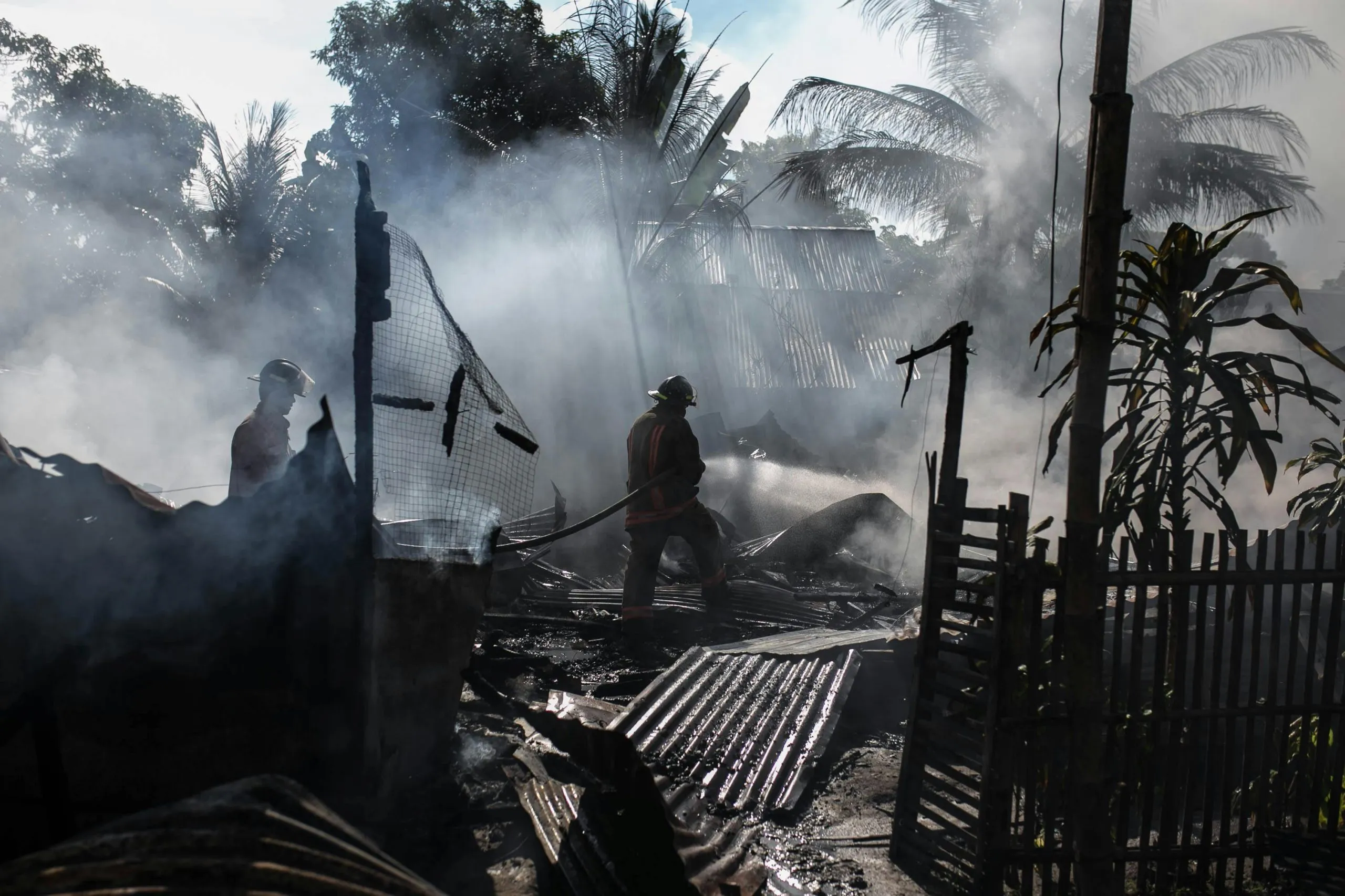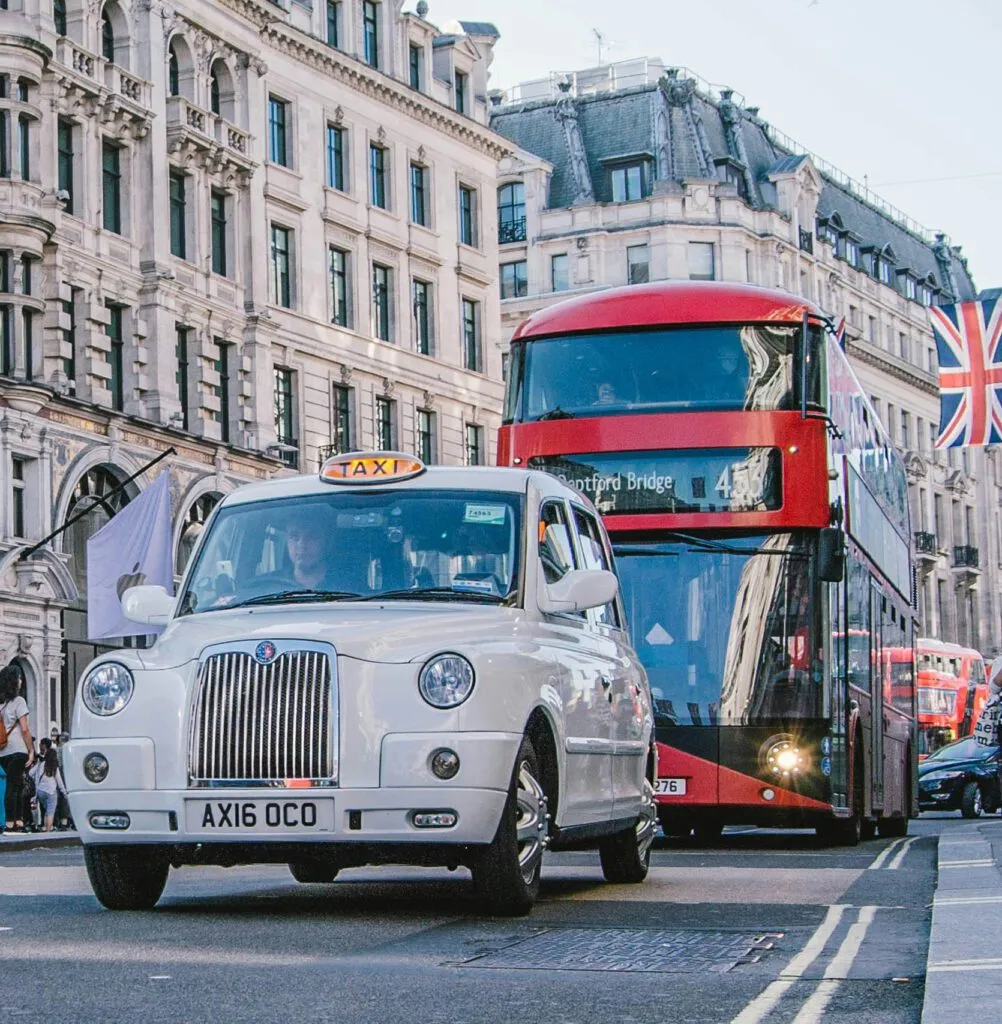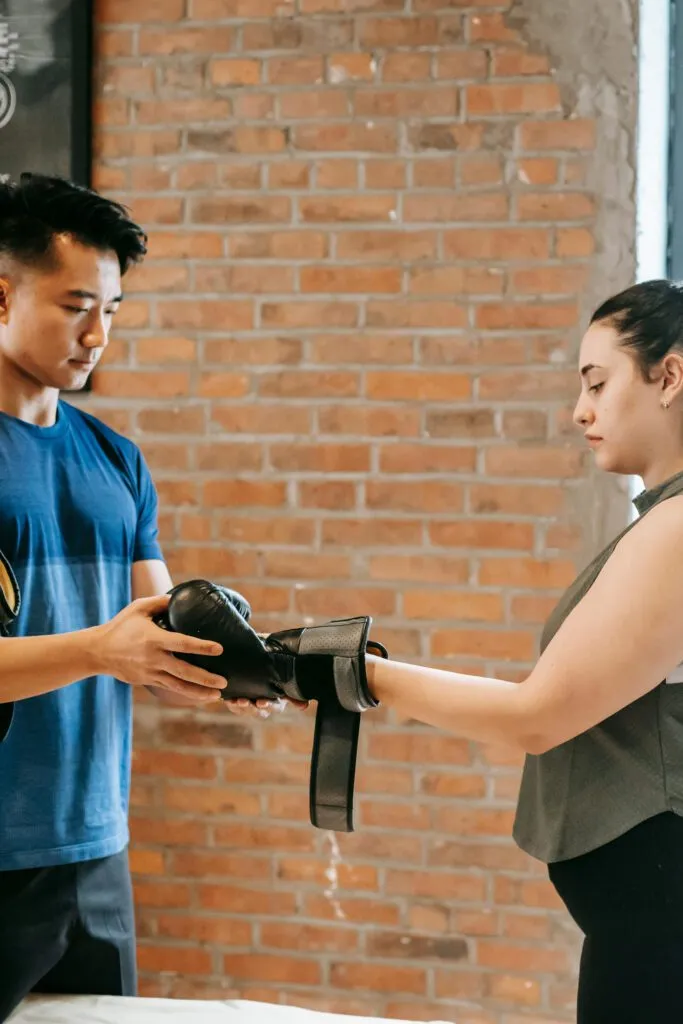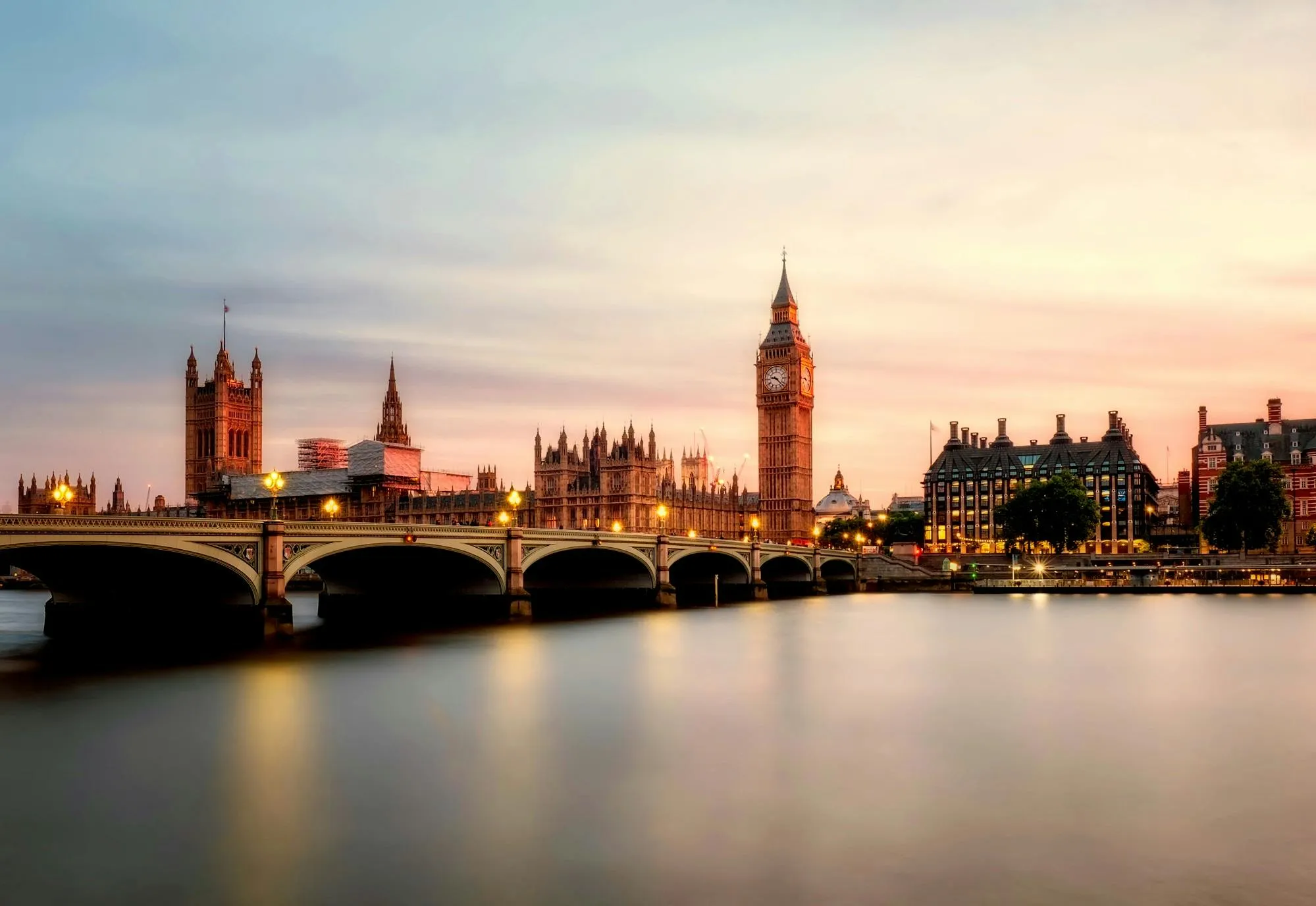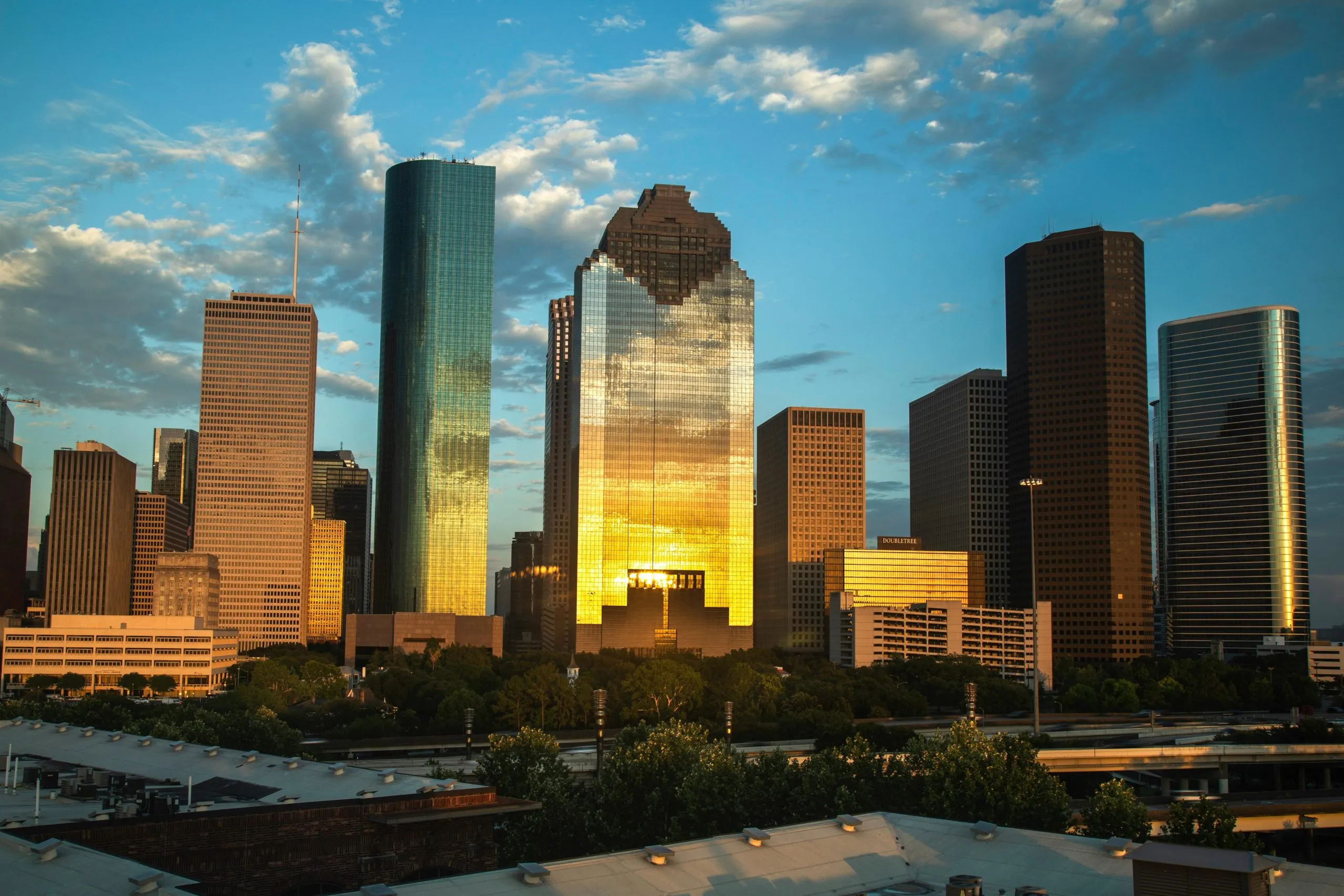Relocation Guide: Moving to New York City
Like many extended stay business travelers, you may find yourself staying in a serviced apartment, such as those offered by Synergy Global Housing. You’ll have everything you need for a long-term stay: furnishings, a full kitchen, housewares, linens, 24/7 guest service and more. However, there’s always room to make your business travels even more efficient, comfortable and productive.
We’ve rounded up numerous resources that digital nomads love, divided into categories, that business travelers like you can benefit from as well. Take advantage of them on your next trip.
So, you’re thinking about relocating to New York City—the beloved city that never sleeps. Whether you’re drawn to the vibrant culture, endless career opportunities, or the allure of living in one of the world’s most iconic cities, moving to New York is a life-changing decision. As exciting as it is, the process can also be overwhelming. From finding the perfect home to understanding the city’s unique neighborhoods, there’s a lot to consider. But don’t worry—this guide will walk you through everything you need to know to make your move to New York as smooth as possible.
Preparing for Your Move

New York City is a melting pot of cultures, industries, and lifestyles. It’s divided into five boroughs: Manhattan, Brooklyn, Queens, The Bronx, and Staten Island. Each borough has its own unique character, offering a variety of experiences depending on where you choose to live.
Whether you’re looking for the bustling energy of Manhattan’s Upper East Side, the creative scene in Brooklyn’s Williamsburg, or the family-friendly atmosphere of Queens’ Forest Hills, there’s something for everyone. Researching neighborhoods that fit your lifestyle and budget is crucial in finding the right place to call home.
- Manhattan: The heart of the city, known for its skyscrapers, Central Park, and iconic landmarks like Times Square and the Empire State Building. It’s the financial and cultural hub of NYC.
- Brooklyn: A trendy, artsy borough with a thriving food scene and diverse communities. It’s popular among young professionals and families.
- Queens: The most ethnically diverse urban area in the world, offering a mix of suburban and urban living. Queens is home to Flushing Meadows, Citi Field, and the U.S. Open.
- The Bronx: Known for Yankee Stadium and its rich history in hip-hop culture, The Bronx is a borough on the rise with a strong sense of community.
- Staten Island: A suburban borough with a slower pace, Staten Island offers a more laid-back lifestyle with ferry and bus access to Manhattan.
Cost of Living and Job Market
New York City is a global hub for finance, media, technology, fashion, and healthcare, among other industries. Understanding the fast-paced work culture and being prepared for long hours is important for anyone planning to work in NYC. Beyond the vast yet competitive job market, living in New York City comes with a hefty price tag. Rent in New York varies greatly depending on the borough and neighborhood. Manhattan, for example, has some of the highest rent prices in the country, while areas in Queens and The Bronx may offer more affordable options. Besides rent, you’ll need to budget for utilities, groceries, transportation, and entertainment. New York’s extensive public transportation system can help you save on commuting costs, but it’s essential to plan your budget carefully.
Moving Within the USA
When moving to New York from within the USA, there are many factors to take into consideration. First, it’s vital to hire a reputable moving company that specializes in urban relocations. New York City’s narrow streets and high-rise buildings can present unique challenges, so it’s best to work with professionals who are familiar with the area. In addition, with limited parking throughout the city, you should take into account whether you will keep a car while living in the city and, as a result, if you’ll be driving or flying to your destination. Owning a car in NYC is often more trouble than it’s worth due to limited parking and high costs, so most residents rely on public transport or rideshares.

Once you’ve finalized your moving plans, start packing early and consider downsizing your belongings. Space is often limited in New York City apartments, so prioritize what you really need. Label boxes clearly and keep an essentials box handy for the first few days in your new home. If you find that you have more belongings than will comfortably fit in your apartment, there are a myriad of public storage spaces throughout the city to help manage the overflow. Some popular options include Manhattan Mini Storage, CubeSmart, and Life Storage, all of which offer convenient locations and flexible storage solutions. This way, you can keep your apartment clutter-free while still having access to everything you need.
If you haven’t quite yet found the perfect home base for your next adventure, or if your new place isn’t ready upon arrival, consider temporary housing through providers like Synergy or Airbnb. Also, don’t forget to set up a forwarding address with USPS to ensure you don’t miss any important mail.
At the end of the day, timing is everything when moving to New York. The city’s weather can be unpredictable, so avoid moving during winter if possible. Spring and early fall offer milder conditions, making the relocation process smoother. No matter what season you choose to move, make sure you arrange to have utilities turned on in your new home before you arrive (electricity, water, gas, internet, and cable services).
Moving from Abroad
Relocating to New York City from abroad adds extra layers of complexity. Work with an international moving company that can handle customs and shipping logistics. Be sure to provide them with detailed information about your shipment to receive accurate recommendations and time estimates.
It’s also crucial to secure the necessary visas and familiarize yourself with U.S. immigration requirements. If you’re traveling with family or a partner, do your due diligence and research the restrictions not only for yourself but your entire travel party. Different departure and destination combinations require specific documentation and prerequisites, which could significantly impact your plans.
Additionally, setting up a bank account before your move can ease your transition. Like your visa, be sure to bring the appropriate visa and immigration documents to help you set up a new account if needed. Many international banks, such as HSBC, Santander, and Deutsche Bank, have branches in New York City. So, if you already have an account with one of these banks in your home country, it might be easier to open an account with them in the U.S. This can simplify the process of transferring funds between your home country and the U.S.
Understanding the U.S. healthcare system is another important step in the international moving process. You’ll likely want to maintain your current health insurance during your transition period, so ensure your policy covers the types of care you may need, including emergencies, hospital visits, and prescriptions. Once you arrive in New York City, you may need to transition to a U.S.-based health insurance plan. If you're employed, your employer will likely offer a health insurance package. If not, you can purchase a plan through the New York State of Health marketplace or look for a private insurer. Keep in mind that U.S. health insurance can be complex, so consider consulting with a local insurance broker to find a plan that meets your needs.
Taking the Family
New York City offers a wide range of educational options, from public schools to prestigious private institutions. Researching schools in advance is crucial, especially if you’re moving with children. Most families make decisions about where to live based on the school district, so this can be an important consideration to consider.
The largest public school system in the United States, the New York City school system serves over a million students across more than 1,800 schools. The system is diverse, with students from various cultural and linguistic backgrounds, offering a rich educational experience.
NYC schools are divided into elementary, middle, and high schools, with specialized programs available in areas like science, technology, and the arts. The city also offers a wide range of charter schools and magnet programs, giving families options to find the best fit for their children’s needs. When choosing a school, consider factors like the school’s curriculum, extracurricular activities, and proximity to your new home. Websites like GreatSchools can help you evaluate your options.
Traveling Solo

For those new to the city, apps like Citymapper, Google Maps and Apple Maps can be invaluable for navigating the subway system. Quick Tip: These apps give the times for approaching trains which can be very helpful as well as the time it will take to get to your next destination using public transportation. Using public transportation in New York City is not only cost-effective but also a great way to immerse yourself in the city’s culture. Plus, it’s usually faster than driving through the city’s notorious traffic.
However, while New York City boasts walkability and widespread public transportation, if you’re traveling solo, it’s especially important to practice safety and maintain awareness of your surroundings. Avoid displaying valuables like expensive jewelry or large amounts of cash and keep your belongings secure. Stick to well-lit, populated streets, particularly at night, and trust your instincts—if a situation feels off, remove yourself from it immediately.
If you’re looking to socialize and meet new people, start by exploring the city’s numerous interest-based meetups, clubs, and classes—whether you’re into fitness, art, tech, or food, there’s likely a group or event that aligns with your passions. Apps like Meetup and Eventbrite can help you find local gatherings, and local parks and community centers also offer recreational activities and sports leagues where you can connect with others. If you work remotely, consider joining a co-working space, which often host networking events and social hours. Don’t be afraid to strike up conversations in cafes, bookstores, or even while waiting in line. Despite certain representations, New Yorkers are often open to friendly chats, and you never know when a casual encounter could lead to a new friendship.
Traveling with Pets
If you’re moving with pets, ensure your new home is pet friendly. Conveniently, most rental websites offer the ability to filter based on pet-friendly policies. Many landlords in New York have specific rules regarding pets, including size and breed restrictions, so be sure to discuss any potential constraints in detail prior to signing a lease.
Prepare for any unforeseen vet visits or necessary services in advance by researching local veterinarian offices and grooming facilities, as well as the numerous nearby parks. Despite its urban landscape, New York City has plenty of green spaces. Central Park, Prospect Park, and The High Line are just a few of the places where you and your pets can enjoy the outdoors.
Finding the Right Home
New York City offers a variety of housing options, from apartments and condos to co-ops and townhouses. The type of housing you choose will depend on your budget, desired location, and lifestyle needs.
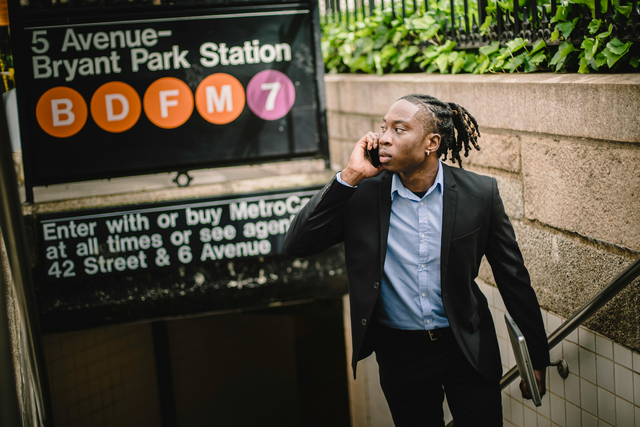
As previously mentioned, rent prices in New York City vary significantly by borough. Manhattan is the most expensive, with luxury apartments and high-rise buildings commanding top dollar, but there are also smaller elevator or walk-up buildings available which offer lower priced options. Brooklyn offers a mix of price points, with neighborhoods like Williamsburg and DUMBO on the higher end. Queens and The Bronx provide more budget-friendly options, while Staten Island is ideal for those looking for a suburban feel with access to the city.
Similarly, each of New York City’s neighborhoods have their own safety profile, with some areas like the Upper East Side and Greenwich Village being well-regarded for their low crime rates and welcoming atmosphere. Since safety can fluctuate over time, you can utilize online resources like Neighborhood Scout to assess crime statistics and determine which neighborhoods best meet your needs—especially if you’re moving with family.
If you're not ready to dive into a long-term lease or property purchase, temporary housing is an ideal option. Providers like Synergy offer fully furnished apartments that include all the essentials, from Wi-Fi to kitchenware, allowing you to comfortably explore different parts of the city before making a more permanent decision.
The Perfect Temporary Accommodation
Whether you’re visiting New York City for the first time, or you’ve already pinpointed your new favorite bodega, you still may not be ready to commit to a long-term lease. Choosing your next home is a daunting task, and having confidence that you’ve found the right home for you and your needs is all that more difficult when you may not have even had the opportunity to tour the place in person. In these circumstances, or even if your permanent home simply isn’t quite move-in ready, temporary accommodations offer the perfect solution.
Temporary housing allows you to get a feel for your new city with short-term leases, month to month rentals, and long-term stays, completing removing any pressure of committing to a long-term lease or purchase. These serviced apartments typically come fully furnished with essentials like dishware, linens, and high-speed Wi-Fi, making them ideal for those working remotely. Providers like Synergy specialize in matching you with one of their carefully curated accommodations that meet your specific needs. Plus, with 24/7 support from award-winning guest service agents, you’ll have access to local insights and expertise that can help you settle into New York City with ease.
Settling Into Your New Home
Once you’ve found your new home, there are still a handful of steps to complete before you can fully begin this next chapter in your life. First things first, if you haven’t already, you’ll need to set up utilities including electricity, water, gas, internet, and cable services. Most utility companies allow you to set up services online, which can save you time. Something to note: In most NYC multi-family apartment buildings, some of these services may already be included.
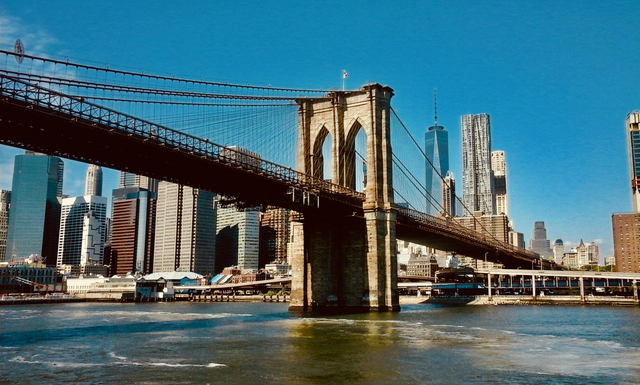
But most importantly, after moving, it’s essential to register for local services, such as obtaining a New York driver’s license or, if necessary, registering your vehicle within 30 days of moving at a nearby New York Department of Motor Vehicles. Additionally, don’t forget to register to vote by checking eligibility requirements and deadlines through the New York State Board of Elections.
With the administrative tasks behind you, you can turn your attention towards the fun part—exploring your new hometown! One of the most iconic cities in the world, New York City is a cultural capital, offering countless attractions, including museums, theaters, galleries, and historic landmarks. Whether you’re exploring Central Park, catching a Broadway show, or dining at a Michelin-starred restaurant, there’s always something to do in the city.
Begin Your New Life in the Big Apple
Moving to New York City is a thrilling adventure, filled with endless possibilities. However, relocating can be just as challenging as it is exciting. To ensure a smooth transition, it's crucial to thoroughly research your new city and gather all necessary documents for yourself and your family.
Whether you need time to get acquainted with your new surroundings or temporary housing to hold you over until your new home is move-in ready, Synergy Global Housing is here to help simplify this major change in your life. With fully furnished apartments available for short-term leases, long-term stays, and everything in between, you’ll find the perfect home to start your new life in the Big Apple.
Welcome to New York City—it’s time to make your mark!



